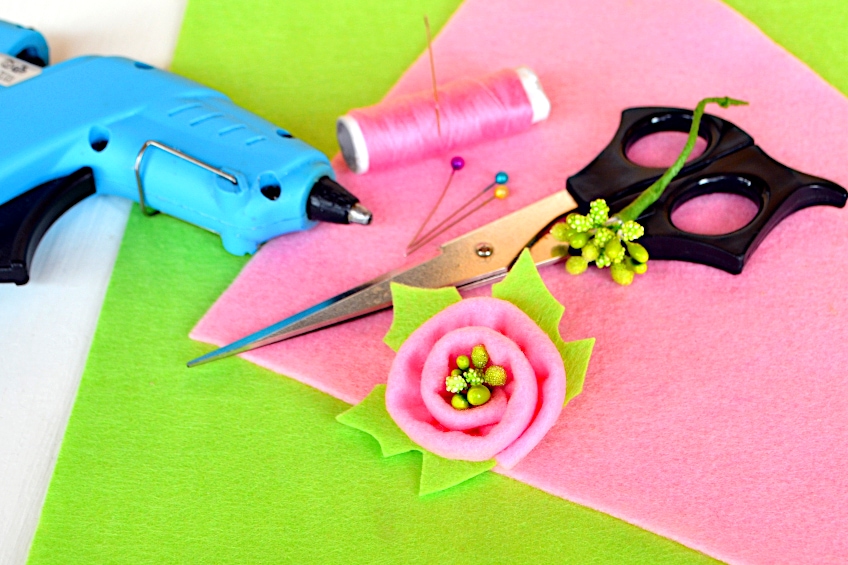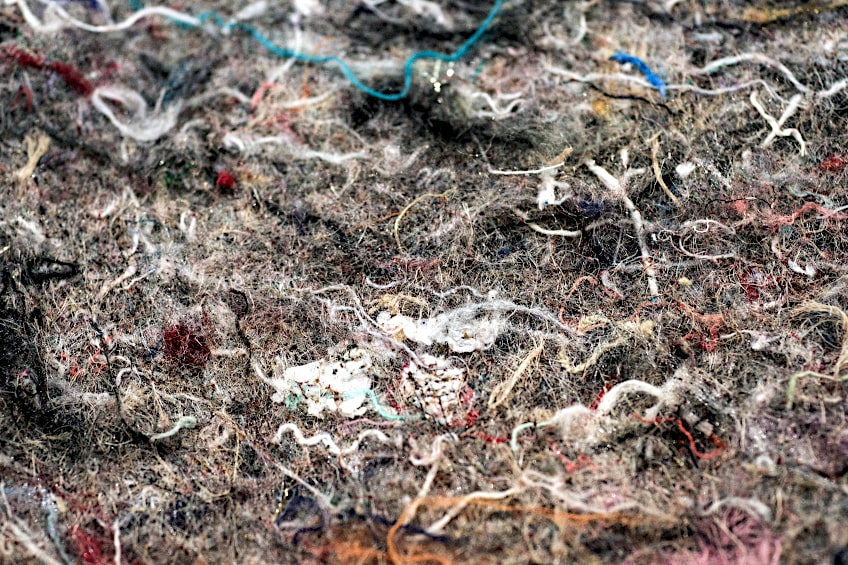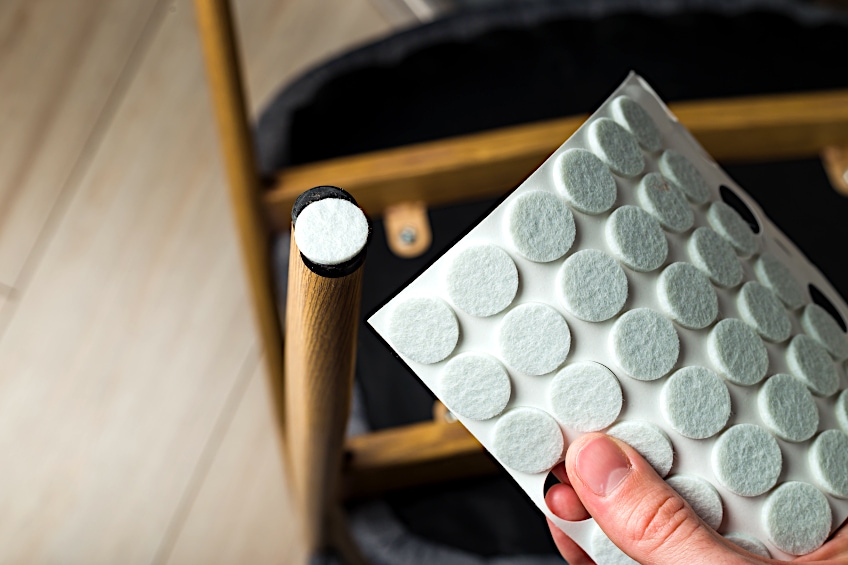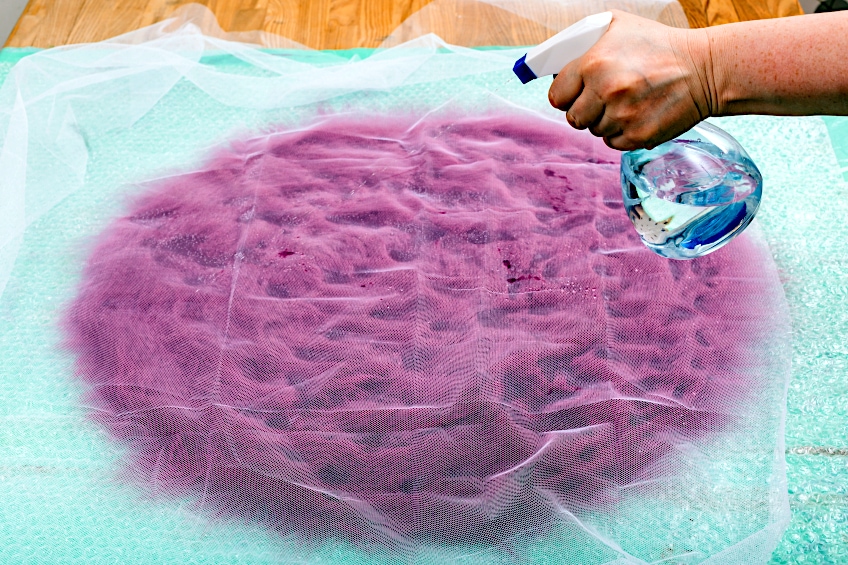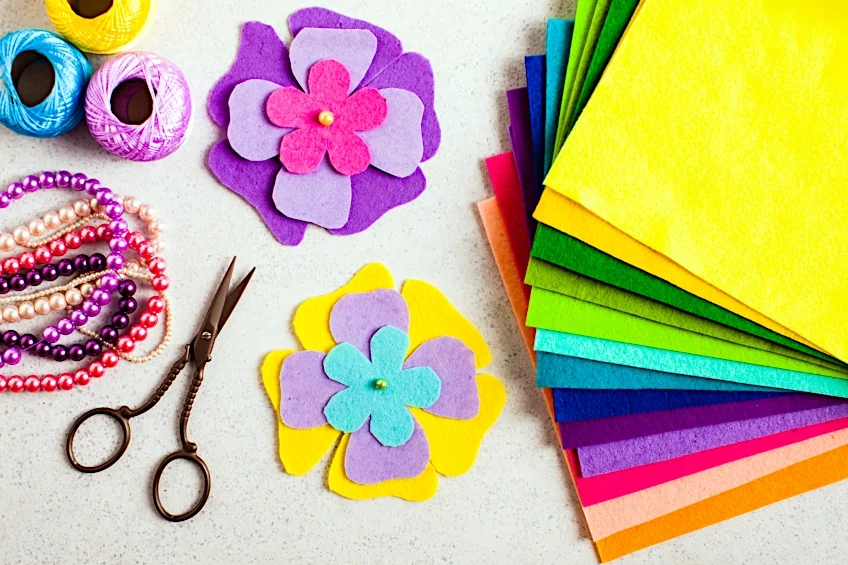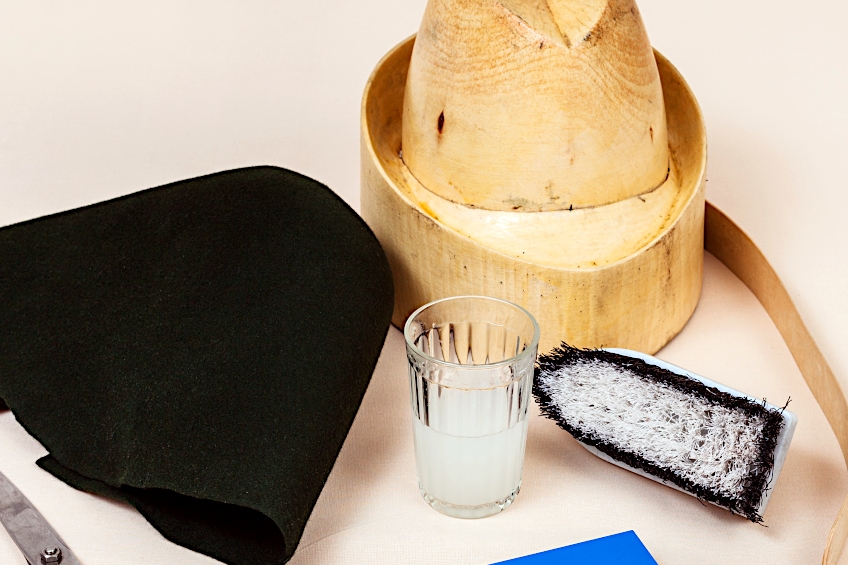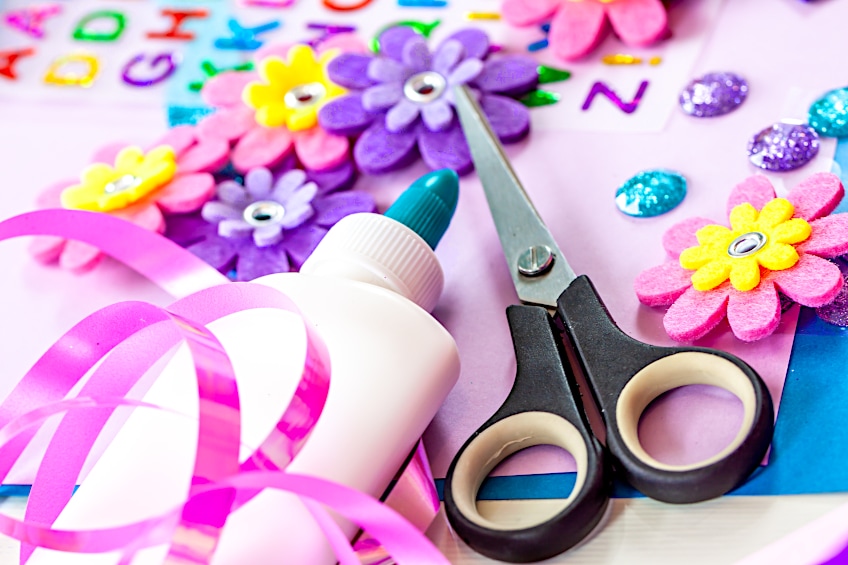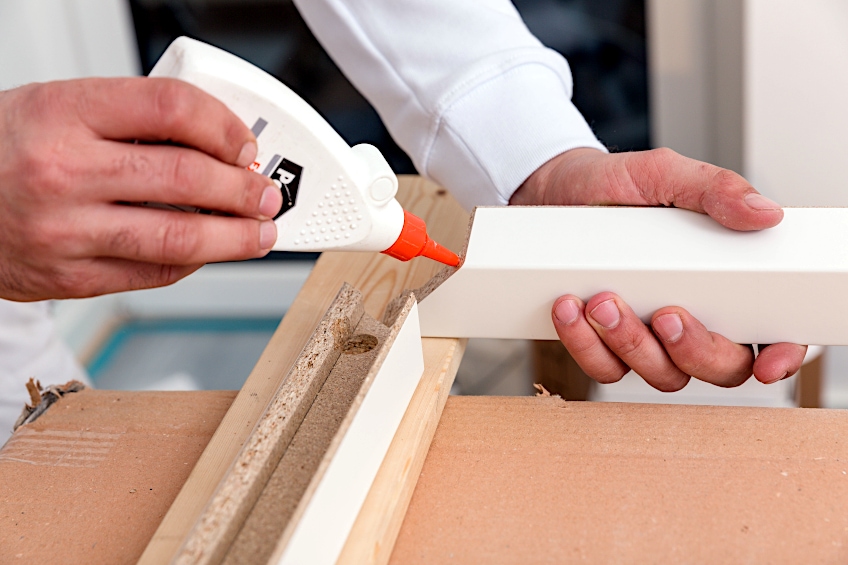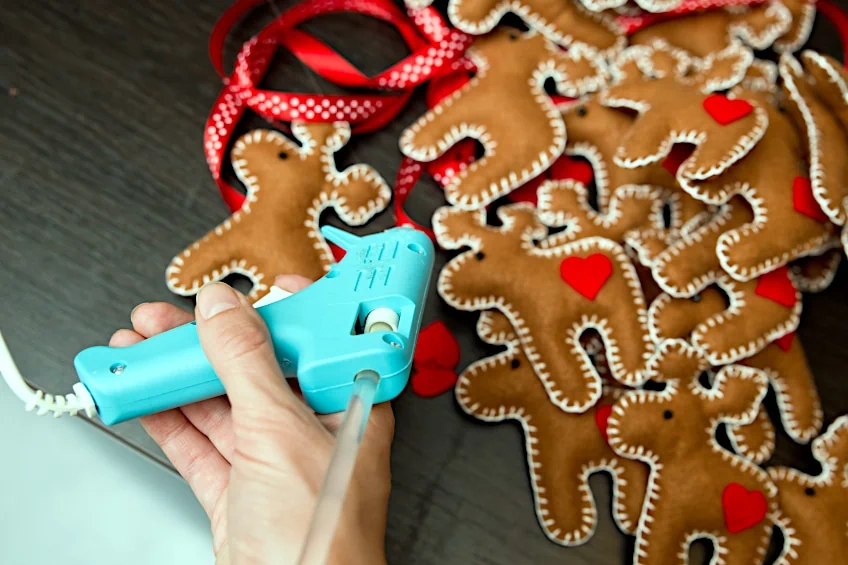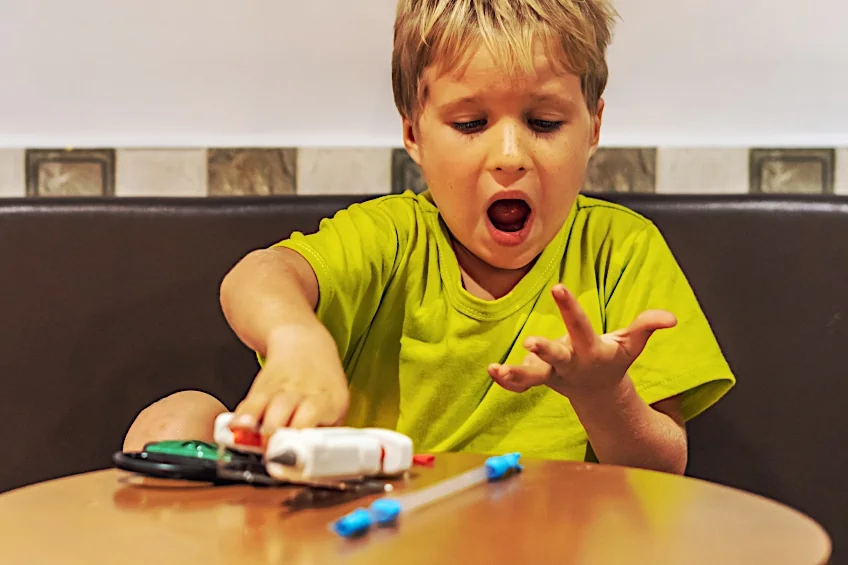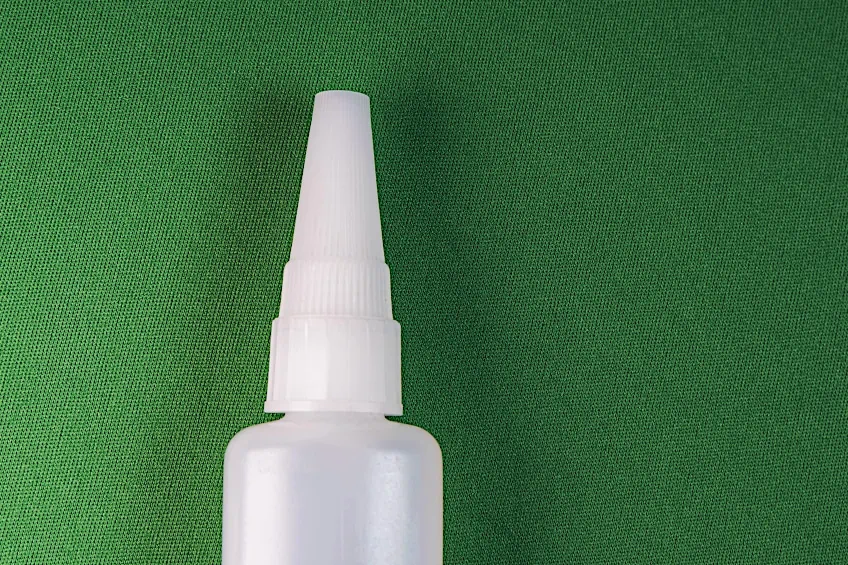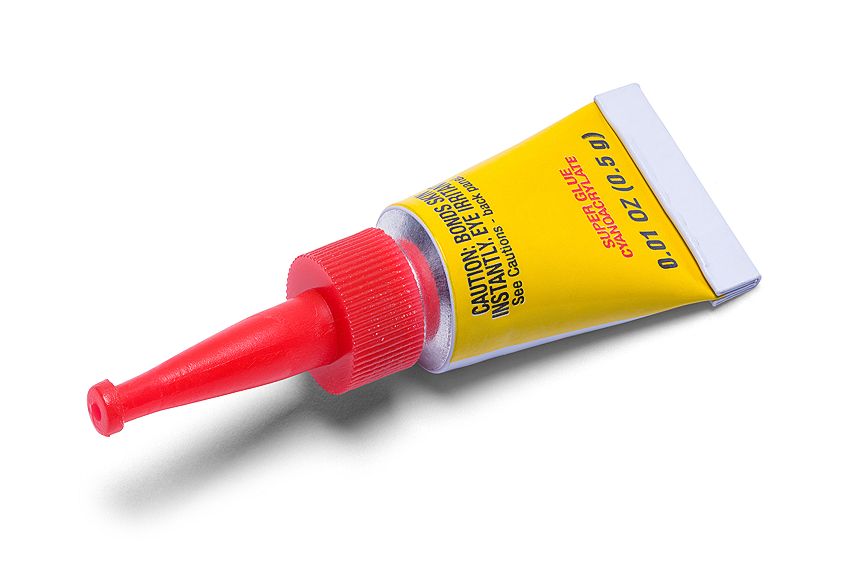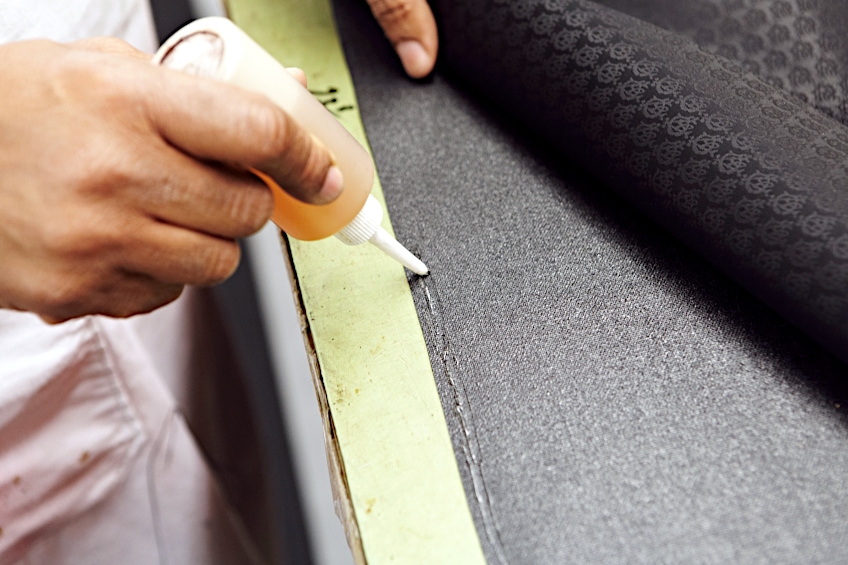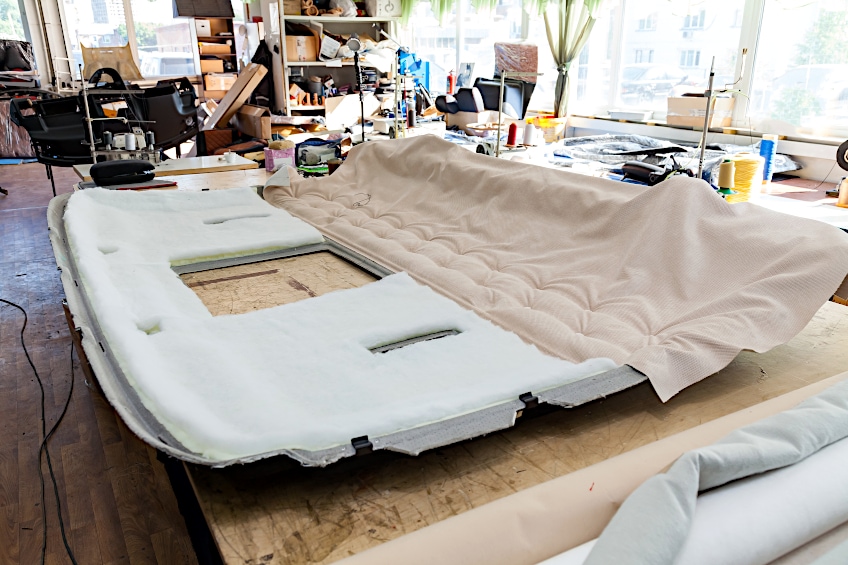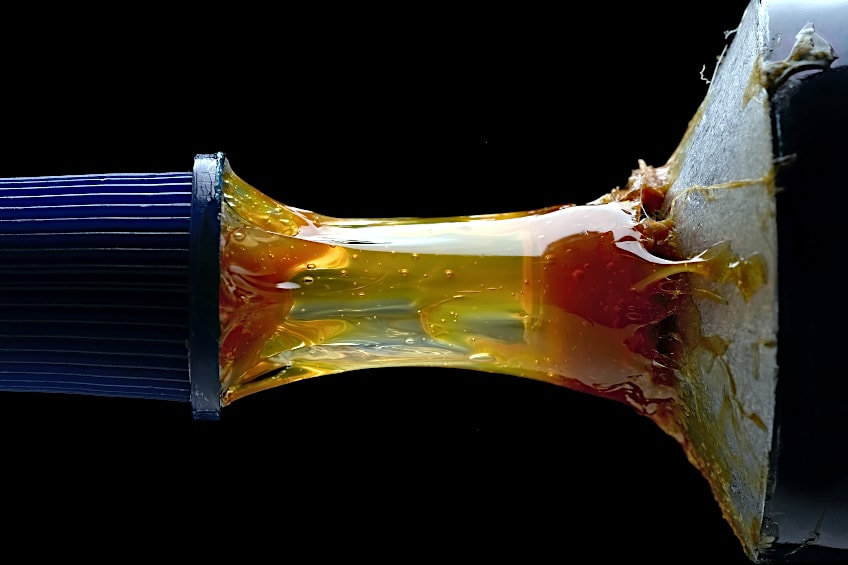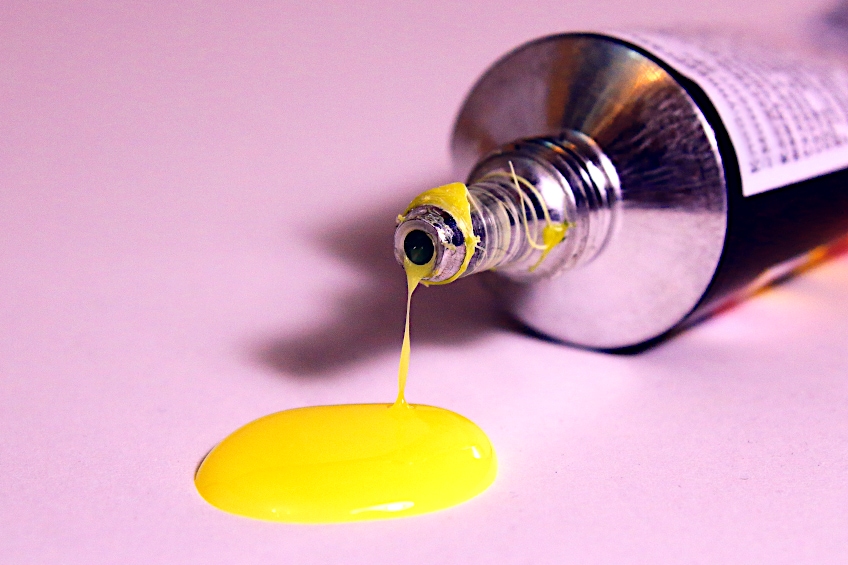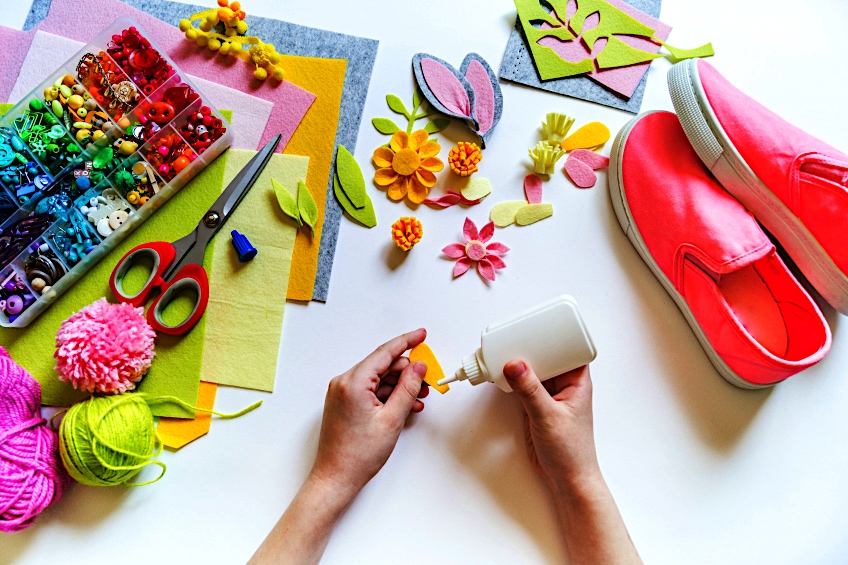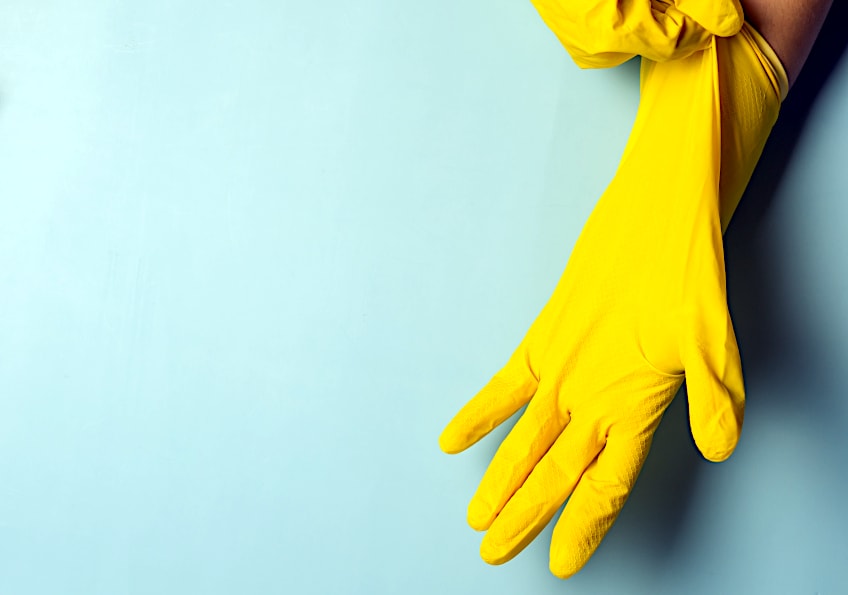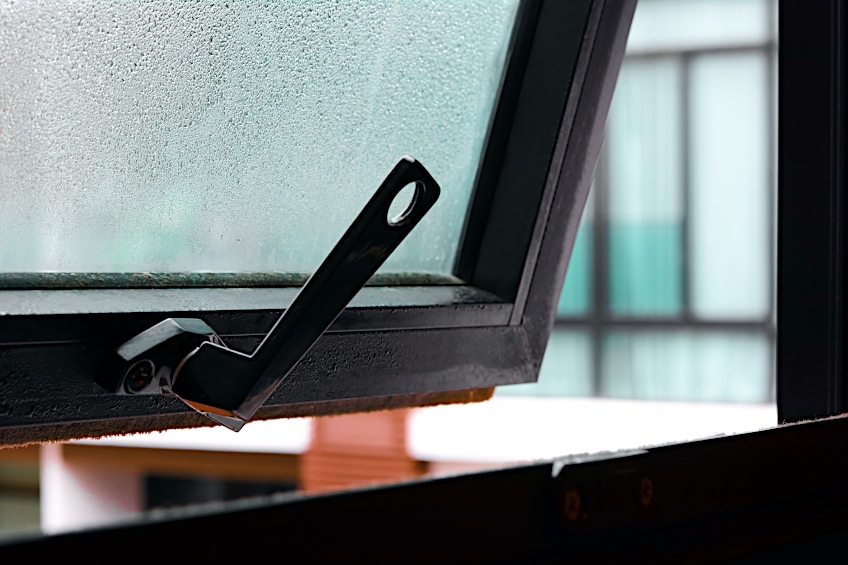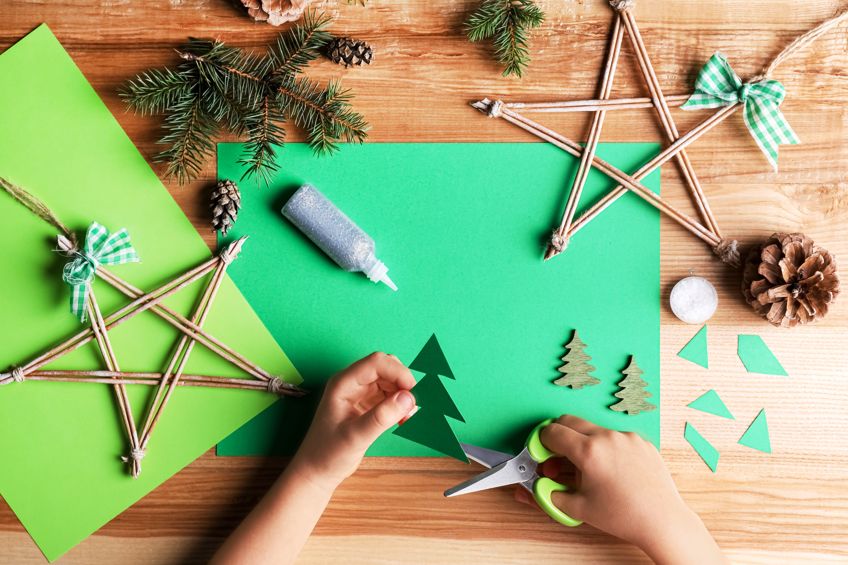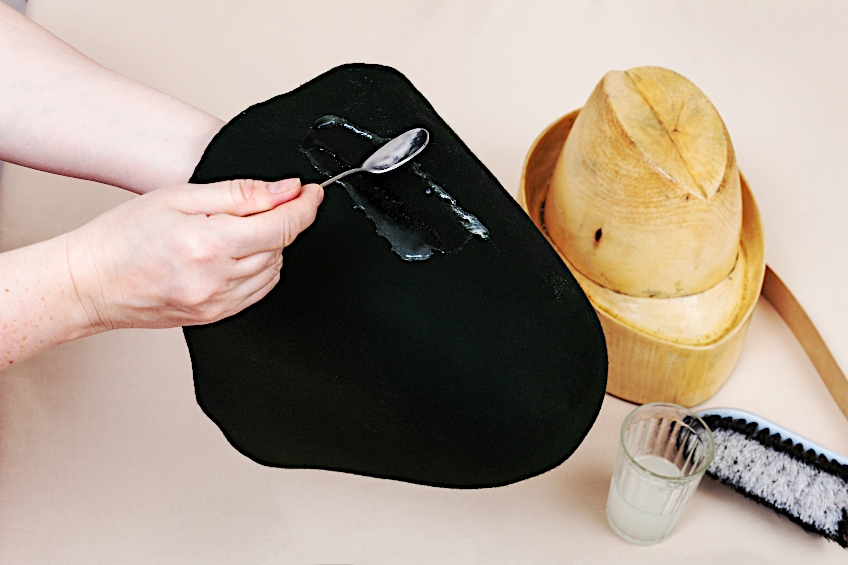Best Glue for Felt – Recommended Methods and Products for Gluing Felt
This post may contain affiliate links. We may earn a small commission from purchases made through them, at no additional cost to you. You help to support resin-expert.com
These days we have loads of cool materials that make our lives easier and are far more environmentally friendly than ones we used previously. We didn’t always have these eco-friendly options though, and before the advent of materials like resin and synthetic polymers we pretty much had to make do with what we had. One of the most used materials since we learned to hunt and gather has been felt, both the plant and animal variety. One of the first things we learned how to do was sew and glue these animal pelts and woven plants, but as technology developed, we discovered new, sturdier, more durable materials. These days felt is used primarily for art and craft purposes, so let’s have a look at what it is and the best ways to work with felt.
Table of Contents
What Is Felt and What Is It Used For?
The chances are that if you’ve been part of the crafting scene for a while, you’ve worked with felt or something that resembles it, but have you ever stopped to wonder what it is? Felt is classified as a textile material that has been used for hundreds of different people as part of hundreds of different cultures for a multitude of different applications all over the world.
These days, felt is typically made of synthetic materials as they’re pretty malleable and therefore a range of characteristics can be added and removed from as needed. Natural felts on the other hand can be made from plant fibers or animal hide which can be compressed or matted into one another to form a larger material for you to work with. These materials can be used to make a wide variety of things, including clothing, stretch canvases, mats, bedding, and even roofing for shelters.
One of the cool things about felt is that any given piece of material does not need to be made entirely of one substance. In fact, many high-end felt pieces are made of various materials that have either been compressed or matted together to create a material that not only looks great but combines the positive characteristics of its various components.
While the textile industry these days is focused on clothing and renewable materials, there are other applications for felt such as crafting, mixed media art pieces, and even housing and shelter. Crafting in particular seems to have some rather innovative and visually appealing uses for felt, but what exactly can you craft out of this seemingly simple material?
Truthfully, the limits of what you could potentially make with felt are governed only by your imagination. People have made things like felt purses, pencil decorations, Christmas decorations, little felt figurines or caricatures, little felt animals for kids, pencil cases for school, felt hats, hair ties, and even entire pillows and blankets made out of felt and stuffing!
As you can see, there are loads of things you can make using felt, all you have to do is explore the different applications and methods of joining this material. This being said, if you’re looking for some inspiration be sure to check out crafting blogs and websites like Pinterest to see what both professional and beginner crafters have managed to make out of felt materials.
What Types of Glue Work on Felt Materials?
As we mentioned previously felt can either be sewn or matte together, but there is also the option of gluing felt pieces together. Not all glues are the same though, and different glues tend to have different advantages and disadvantages to them, so let’s have a look at which glue types work on felt and what their respective characteristics are so you can decide which one suits your next felt crafting project best.
| Type Of Glue | Does It Work on Fabric? |
| Superglue | ✔ |
| Fabric/ Textile Glue | ✔ |
| Hot Glue | ✔ |
| Tacky Glue | ✔ |
| Epoxy Adhesive | ✘ |
| Craft Glue | ✘ |
| Hide Glue | ✔ |
| Industrial Adhesive | ✘ |
Tacky Glue
While there are many glue types out there, if you’re looking for a glue that has been tried and tested over any uses with felt, we think that you’d really like tacky glue. Why? Well, tacky glue is unique because it doesn’t need any time for its adhesive properties to kick in, it sticks immediately and then solidifies its bond with felt and any other material over the course of a few hours.
What is tacky glue? Tacky glue is a brand name referring to a type of adhesive known as polyvinyl acetate. This is commonly referred to as PVA or white glue which is used on other fibrous materials like wood and felt. It does a good job of adhering to things that need immediate fixing, and as a result, is one of the most commonly used craft glues on the market all over the world.
Hot Glue Gun
Whether you’re a newcomer to the crafting scene or a long-time veteran crafter, you’ve probably heard of or used hot glue on one or more projects. Hot glue is a great way of adhering things quickly and effectively to a surface, and it tends to work on most if not all commonly used materials in art crafting. Hot glue guns consist of a stick of hardened glue which is heated up by a glue gun and squeezed out onto the surface of your workpiece.
Although hot glue guns are great you should keep in mind that they aren’t always the best choice for every application, especially if there are kids involved in the project. Why? Hot glue sticks typically contain volatile organic compounds (VOCs) and when they’re heated up some of these are released into the immediate environment. This in combination with working with direct heat can be potentially harmful to kids if they’re used without adequate supervision.
Permanent Clear Glue
Permanent glue is something that most of us have around our home whether we’re crafting enthusiasts or not. This type of glue is glue, fast-drying, incredibly strong, and readily available everywhere from crafting stores to gas stations. Wondering why you’ve never seen it? Well, you probably have, but it’s most commonly known as super glue!
Super glue isn’t just great for use on felt because it sticks instantly, but because it also dries clear which means that it tends not to be as runny as some of the other types of glues we’ve had a look at so far. Although the risk is minimal, you should always ensure that your workspace is well-ventilated when you’re working with super glue as it does contain VOCs.
Fabric/Textile Glue
Although there are loads of glue to choose from when you’re working with fabric workpieces, the best glue to use in any crafting project is the one that has been formulated specifically for use with the material in question. In this instance, the best glue for fabric is (arguably) textile or fabric glue. Fabric glue is another variation of PVA glue that has been changed to work more effectively with woven materials.
One of the main advantages of choosing to use this glue when working with fabric is that it happens to come in a variety of application methods. While you’ll usually find this type of glue in a jar or tube, it can also be aerosolized for even application on larger workpieces, this is useful if you’ve sewn together multiple pieces of fabric and intent to adhere it to a vertical surface which could be the case with things like school protects or prop production.
What Is the Best Glue for Felt Fabrics?
Now that you have an idea of the type of glues that are available for use with fabric workpieces, you’re probably itching to pick a glue to get started with. You should keep in mind that not every fabric glue for felt is quality though, this is why we’ve prepared products below from three brands that claim to be the best fabric glue for felt. This being said, let’s have a look and find out just how good these glues are.
Best Tacky Fabric Glue: ALEENE’S Tacky Glue
We mentioned previously that tacky glue is one of the best glue types of use with fabric crafts, and for good reason. This type of glue sticks instantly and ensures that you have the best adhesion possible for your crafts, all while being virtually odorless and invisible to the eye! So, what makes the tacky glue from Aleene’s team so special though?
Besides being a great glue overall, Arleen’s is one of the most reputable brands in the crafting industry that offers a wide range of products for all of your adhesive needs. They didn’t get to this point by just doing the bare minimum either, Aleene’s offers an incredibly sticky glue that works on most crafting surfaces, which means you won’t just be using this glue with felt and similar materials.
Their tacky glue is extremely effective when applied to fabric workpieces, ensuring that fabric that’s been treated sticks instantly while the bond solidifies over time. This means that you won’t have to hold your workpiece or apply constant pressure with clamps to ensure that it sticks well. While this isn’t anything new when it comes to tacky glue, this one from the Aleene’s team is much stickier and outperforms many other brands on quality alone.
Other than its great quality, this type of glue is also ideal for beginners or kids thanks to its special low odor formula which also happens to be non-toxic. This means that you won’t have to keep an eye on the kids when they’re busy with school projects or simply having some fun with their friends. What’s more is that this glue doesn’t yellow over time, so it’s safe to leave your projects treated with this glue in the sun for short periods of time.
- Versatile, works on most craft surfaces with easy water clean-up
- Holds items on contact and dries to a strong and permanent bond
- Safe, nontoxic, non-yellowing, and low odor
- Easy to use
- Versatile
- Safe for kids and beginners
- Non-toxic formula
- Low odor formula
- Can be used indoors safely
- Does not yellow over time
- Dries completely clear
- Can be cleaned with only soap and water
- Sold in volumes up to 125 fl. OZ
- Expensive
- Not waterproof
- Viscosity can vary considerably by purchase
- Doesn’t have a very long shelf life
- Does not adhere well to vertical surfaces
Best Permanent Fabric Glue: GORILLA Super Glue Gel
When working with fabric glue, super glue is one of the best options for the job. Not only is it sticky enough to ensure that your workpiece won’t come apart at a moment’s notice, but it dries completely clear, so you won’t have any unsightly stains on or around your fabric once it’s had a chance to dry completely. So, if all superglues offer these characteristics, what makes Gorilla glue so special?
Gorilla has become something of a household name over the last few years, with more and more people using it for a wide variety of applications. Why? Gorilla provides high-quality adhesives with an unbelievable amount of tensile strength, with some products of the brand being able to adhere shelving to walls! It should come as no surprise then that the Gorilla team has some of the best-selling glue products out there.
Their 20-gram super glue is no different, offering you the best adhesion for all of your fabric gluing needs. It features a no-run formula which means you won’t accidentally saturate your workpiece in glue, plus you won’t gave to use any clamps or weights to secure your workpiece while you apply the glue! This particular product also features a special cap that ensures your glue won’t dry out in-between projects.
Still not impressed? This glue offers one of the best adhesion times on the market. How good you ask? Gorillas 20-gram superglue dries completely in 10 to 15 seconds ensuring that your workpiece is secure instantly while giving you the peace of mind to work on the rest of your workpiece. This glue is ideal for all of your time-sensitive protection or even the odd repair around the house.
That’s right, besides being a great adhesive for felt this glue is versatile enough for use on essentially any common surface in and around your home. Feel free to use this adhesive for felt, wood, metal, felt, ceramic, plastic, leather, and even rubber! Besides being great for use with felt and fabric this is a great tool to have around the home for all of the unexpected repairs life can throw at you.
- No run control gel formula that is great for use on vertical surfaces
- The anti-clog cap helps keep the glue from drying out between uses
- Specially formulated for increased impact resistance and strength
- Versatile
- Easy to use
- Dries completely clear
- Does not yellow over time
- Anti-dry cap on container
- Dries in 10 to 15 seconds
- Works well with vertical surfaces
- Reputable brand
- Resistant to impact and abrasion
- Expensive
- Does not work well on smooth surfaces
- Not easy to correct mistakes or remove
- Full cure time 24 hours
- Only sold in 20-gram units
Best Epoxy for Fabric: TEAR MENDER Instant Fabric and Leather Adhesive
While you might need a fabric adhesive for crafting, there is glue on the market that focuses on fabric repair too. These are great for a situation where your otherwise prized possessions have been damaged and need to be held together until a more permanent solution can be implemented. The Tear Mender team understands this and has provided us with the perfect means to do so.
Tear Mender offer what they claim to be an instant solution to all of your torn or otherwise broken fabric needs, with a flexible solution that instantly grabs and holds fabric for an on-the-go solution. The Tear Mender team claim that clothing fixed with their product is ready to wear in just three minutes after it’s been applied, which means that this is a handy product to keep in the office and at home.
Still not impressed? Well, have you considered what happens if you ever need to wash clothing that’s been repaired with this product? Will it leave your garments all covered in glue and pretty much ready for the trash bin? No! This glue is completely machine safe and can be washed after just 15 minutes after being applied to your clothing.
Not only will this prove to be a great medium-term solution to all of your fabric gluing needs, but it’s also completely UV resistant, which means that you don’t have to worry about having to find a clothing dryer for garments repaired with this glue. It will not harden or be yellow when it comes into contact with direct sunlight. It’s also ideal for use both indoors and out thanks to its non-toxic formula.
- Quick drying adhesive that instantly adheres to any porous material
- Use on clothes, awnings, tents, boat covers, tarps, leather, and more
- Waterproof, UV resistant and acid-free.
- Versatile
- Easy to use
- UV resistant
- Waterproof
- Dries within three minutes
- Machine washable within 15 minutes
- Will not yellow or harden with heat
- Only sold in volumes up to 32 OZ
- Can only be used on leather and fabric
- Effectiveness can vary based on shelf life
- Can potentially discolor garments
- Can dry if shelf life is exceeded
- Returns on faulty products can take a while
How to Glue Felt to Felt Effectively
Wondering how glue felt to felt? While it might appear it be a relatively simple job on the surface, if your fabrics and adhesive are not prepared correctly this could result in a poor bond, which means you’ll have to start the process from the beginning. This being said, let’s have a look at the best way to go about using your glue to keep your fabric workpieces together. Remember to always exercise caution when working with any type of adhesive and to always ensure that your workspace is well ventilated.
Prepare Your Workspace
One of the most important things to do when working with any crafting project is to ensure that your workspace has been adequately prepared for the task at hand. How do you prepare your workspace when working with felt? It doesn’t take much effort at all, all that you need to do is get your felt pieces ready and ensure that you’ve covered your worktable to ensure that no glue accidentally gets onto it.
Next, ensure that you have everything you’ll need to apply your glue to your fabric. If you’re using a hot glue gun, ensure that you have an extension cord and electrical outlet nearby. If you’re using a two-part adhesive, ensure that you have both the epoxy and the hardener on hand, as well as a container to mix them in. If you’re using particularly runny glue, ensure that you have an applicator and cloth nearby in case any glue runs off your workpiece.
Whether you’re working with a conventional adhesive or hot glue, you should get a pair of gloves graded for use with glue. This will ensure that if you are using hot glue you don’t end up burning yourself, and if you’re using ordinary glue, it ensures that you won’t have to peel the glue (as well as any skin or hair) off yourself. Before moving on to the next step in the process ensure that your workplace is well ventilated and that you know where all your tools are in case you need them.
Apply Your Glue to Your Workpiece
Now that you have both your workpieces and your glues nicely prepared, it’s time for the moment that you’ve been waiting for! Start by positioning your felt pieces as close together as possible, or you could overlap them (or place them on top of each other) depending on the type of join you’re aiming for. Once you have a clear mock-up of how you’d like your joined workpiece to look, prepare your adhesive.
How do you prepare glue? Well, if you’re using a hot glue gun you should be good to go right off the bat, but if you’re using ordinary glue give it a good shake before you apply it to your workpiece. Why? When glue sits on a shelf for too long it’s possible for the heavier elements of the solution to sink towards the bottom, shaking them mixes all these pieces back together.
All shaken up? Good! Time to apply your glue. You have two choices, you can apply a minimal amount of glue to both felt pieces and then join them by hand, or you could apply a moderate amount of glue to one piece of felt and then simply stick the other piece on top. In either case, the trick is not to apply too much or too little glue or the fabric will not join.
We recommend practicing on a few spare pieces of fabric before you give it a go, this won’t only give you a good idea of how much glue is ideal for the felt you’re working with, but it will also give a good idea if the type of glue you have chosen is conducive to the felt you’re working with. Regardless, once the glue has been applied allow it to dry and cure for the manufacturer’s recommended time period before using the garment.
Now that you know what felt is, what it has been used for historically, what you could make out of felt in crafting applications, which glue types work on felt, and what some of the best felt glues on the market are, it’s time for you to go out there and put your new-found knowledge to the test. Remember to always work in a well-ventilated area and to always wear gloves when working with any type of adhesive.
Frequently Asked Questions
What Sticks to Felt?
Wondering what sticks to felt? Well, there is a wide range of adhesives that work of felt. These include fabric glue, epoxy, permanent glue, and even craft glue that can work in a pinch. These are all great ways to join felt not only to other pieces of felt but to other materials too.
What Is Felt?
The term felt refers to any combination of both natural and synthetic fibers that have been joined together through a process of matting or pressing fibers together to make a new piece of material. The term felt can be applied to a range of textiles consisting of a wide range of compressed materials for various applications.
What Can Be Made With Felt?
There are loads of things that can be made with felt, all of which tend to have wildly different characteristics and applications. Felt can be used to create crafts, clothing, bedding, roofing, it can even be used for decoration or incorporated into automobile interiors.


